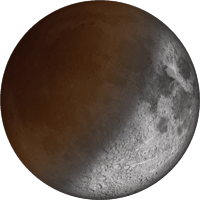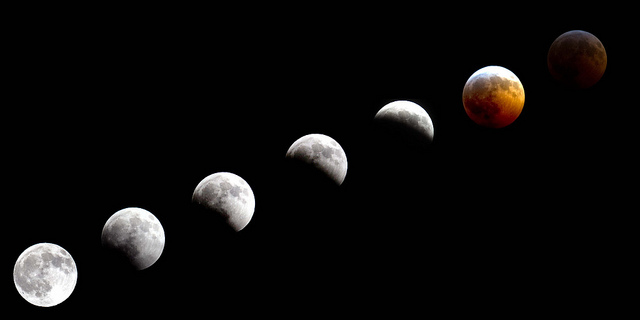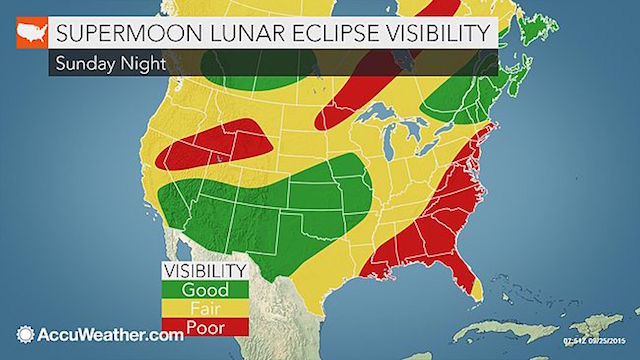Don’t miss Sunday’s supermoon lunar eclipse, we’ve got the details!
posted Friday, September 25, 2015 at 10:32 AM EST

Get your tripods and telescopes ready, ladies and gentlemen. This Sunday night, going into Monday morning, a supermoon (also referred to as a harvest moon) coincides perfectly with a total lunar eclipse, resulting in a ‘blood red’ moon that’s roughly 14% larger than usual.
Assuming you aren’t preparing for the apocalypse, a la the Blood Moon Prophecy, this astronomical anomaly will provide an incredible opportunity to capture one of the rarest lunar visuals viewable from Earth’s surface.
As explained in the NASA-produced video below, the supermoon lunar eclipse is the combination of two separate events lining up perfectly with one another, a phenomenon that last occurred in 1982 and won’t occur again until 2033.
The supermoon lunar eclipse will be viewable most prominently in the western hemisphere, but can also be seen in parts of the eastern hemisphere as well, as the moon is rising and setting.

North and South America will be able to catch the event starting at moonrise, roughly 9 p.m. EDT, and take place over the course of the three or four hours. Unlike solar eclipses, there’s no need for protective eyewear, so as long as you have clear skies in your area, just step outside and you’ll be able to catch a glimpse.
Below is a map provided by AccuWeather that shows estimated visibility across North America. If clouds or other obstructions do happen to ruin your view of the night sky, you can watch a live stream of the eclipse on NASA’s website, which will be filmed from NASA’s Marshall Space Flight Center in Huntsville, Alabama.

If you’re wondering how best to capture the supermoon lunar eclipse, you can check out our previous coverage on how to capture a lunar eclipse and also take some tips from NASA’s own Bill Ingalls.
When all is said and done on Sunday night, be sure to share your resulting images with us! You can either post your image in the comments below or share it with us on Facebook or Twitter using the hashtag #IRLunarEclipse.
Image credits: Total Lunar Eclipse via The National Guard used under CC BY 2.0